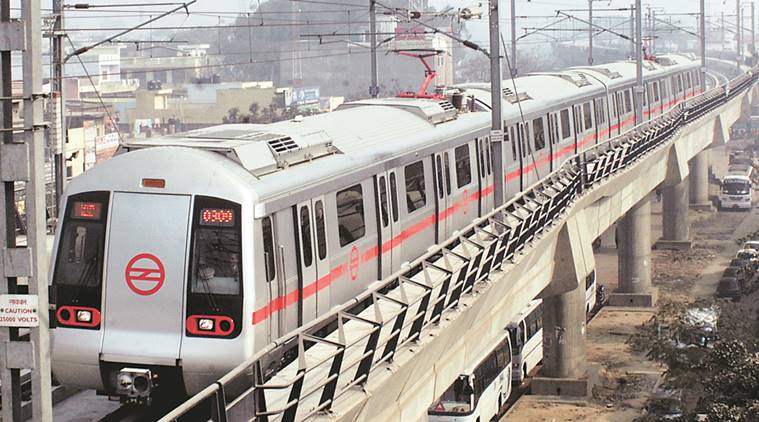Delhi Metro: A Brief Case Study
Delhi-NCR, one of the busiest, most happening regions in India also happens to be the one that houses forts and sightseeing attractions that are simply beautiful. With attractions like the Rashtrapati Bhawan (the President’s House) and the numerous corporate places, Delhi-NCR sees a lot of visitors almost every day. However, with developments in the region, the problem of traffic congestion and the increasing levels of pollution and harmful toxins being released in the skies is quite alarming.

In 2001, as per a survey conducted by the Centre of Science and Environment (CSE), the yearly average of respiratory suspended particulate matter (RSPM or PM10) was 149 microgram per cubic metre in residential areas. To curb this problem, the Government of India, as well as the Government of National Capital Territory of Delhi sought out a non-polluting rail-based transit system, thus bringing Metro lines into the picture. The best part about metro transport is not only the fact that it doesn’t release harmful pollutants into the air but also that they are pretty fast. There is no problem of traffic congestion; where it generally takes close to an hour to reach a place, with the metro, you can reach in around 45 minutes or less. Here is a small case study on the Delhi Metro to help you understand its objective and how it has helped in pollution-free and faster commutes.
The Mission of the Delhi Metro Project
According to the 2011 Census, the entire Delhi-NCR region has a population of around 4.61 crores; the region has a higher number of automobiles registered than Mumbai, Chennai, and Kolkata put together. Automobiles contribute to two-thirds of the total pollution in the atmosphere. Adding to this, the city has also witnessed some of the most fatal road accidents. Keeping all these in mind, the government came up with its mission of: –
Covering the entire Delhi-NCR area with the metro by the year 2021.
Helping everyone, including differently abled persons, commute easily and with compassion.
Retaining its position as one of the number one transportation systems in India.
Being one of the top 3 Metro Rail Systems in Asia concerning safety, reliability, punctuality, responsiveness, and quality.
Effects and Achievements of the Project
According to the case study for the Delhi Metro, it has been seen that the project has been well-received all over the world. Most are unaware of this, but the United Nation (UN) has registered the ‘Metro Project in Delhi’ as a Clean Development Mechanism (CDM) Project. The UN has also certified Delhi Metro as the world’s first urban rail system that has considerably reduced greenhouse gas emissions. According to their reports, the Delhi Metro reduces around 6.3 lakh ton in pollution levels every year, contributing to the reduction of global warming. After the first phase of the project, the second phase saw the inclusion of electric subway equipment, to help deliver locomotives that are designed with energy-saving technologies. These also included electric power generating brake systems for a more efficient transportation system.
The regenerative braking system that has been adopted by the Delhi Metro Corporation has helped in converting energy into electric power during braking by using the subway car’s motor as a generator. The railcars with this technology save around 30% energy when compared to regular railcars that do not have this system.
With the regenerative braking system in place, it can be anticipated that over the coming years Delhi-NCR will see tremendous growth in its rail transportation system, further reducing the pollution in the city.
Post Your Ad Here
Comments